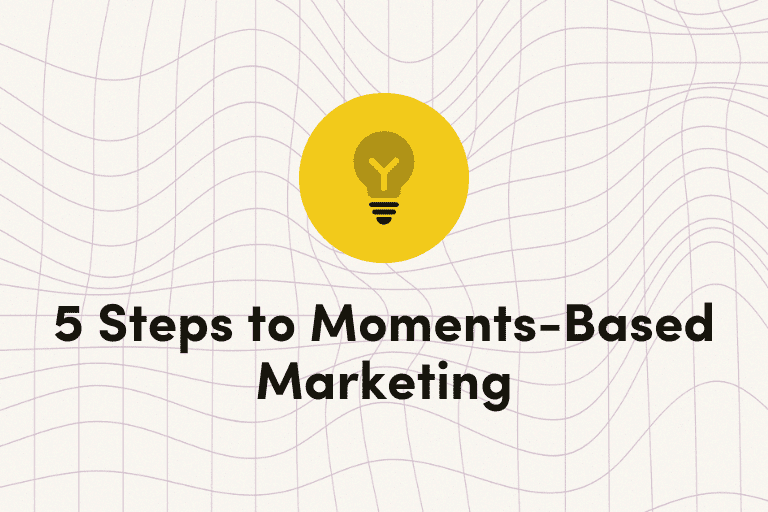For B2C marketers, what it means to personalize messaging has evolved significantly over the last decade. Years ago, consumers were excited to open emails which addressed them by their first name—an innovative practice at the time and quickly adopted as a new industry standard.
Fast forward to today, the operating definition of personalization encompasses so much more than low-level naming fields. Appealing to the consumer is still the guiding principle, but integrating demographic data is only the tip of a massive data iceberg.
Modern personalization is highly dependent on demographic, lifecycle and behavioral segmentation. When executed effectively, brands can show that they “get” their customer and are actively listening and responding to their needs.
In order to achieve modern personalization, we’ve identified four important customer-facing attributes: your success as a marketer is measured by your ability to make your customers feel wanted, remembered, valued and connected.
1. Feeling Wanted
When it comes to acquiring new customers, there’s no better way to attract people than by making them feel wanted and welcomed from the start.
Marketers can capitalize here by targeting their outreach to audience segments based on a variety of specific interests. As consumers start to engage with your content which keys in on their unique interests, you can strategically align your brand as a credible and worthwhile resource to them.
Demonstrating early on that you want these customers because you understand their interests is an effective way to personalize the outset of your customer’s journey.
2. Feeling Remembered
As customer engagement increases, it will be important to show that you’ve learned about their preferences and can respond to them in meaningful ways.
There are plenty of ways to accomplish this: remembering their browsing histories or wishlist items, reminding them of recent cart abandonment and recognizing them for interacting with certain content — there are hundreds of different ways to acknowledge your customers for continuing their engagement with your brand.
When you sit atop a trove of customer data, look for opportunities to leverage it and build continuity throughout their journey. Even if they don’t immediately remember you (and they will with these strategies), showing them that you remember them will boost future engagement.
3. Feeling Valued
Consumers have a plethora of choices when it comes to selecting a brand that can best fulfill their needs…and yet they’ve chosen you!
After early engagement, it’s imperative that you retain their favor. You can further personalize their experiences by using their purchase histories to recommend similar products or services that you know will appeal to them.
Tailoring these types of unique experiences will show you value them as customers and are working to repeatedly earn their business.
4. Feeling Connected
Modern consumers are rarely tied to a single device or channel anymore. A big part of personalization is about going to where your customers are — not waiting for them to come to you.
All of your marketing must reach your customers across all devices and channels—without fragmentation. Consumers want seamless journeys where they can pick up where they last left off at any moment, from anywhere. This is the personal connection built from accessibility!
When you move in-step with your customers, you transcend from vendor to partner.
Everyone recognizes an amazing personalized experience when executed effectively. That white glove treatment where brands can not only remember who you are, but anticipate what you want are something we’ve all deemed universally satisfying.
Best of all, advanced marketing technology is available to build these high-touch experiences, and the consumer demand for them is growing.
- 77% of consumers have chosen, recommended, or even paid more for a brand that provides a personalized service or experience.
- 65% are more likely to shop at a retailer in store or online that knows their purchase history.
- 53% feel that it’s important for retailers to recognize them as the same person across all channels and devices.
The numbers don’t lie—if you aren’t taking these steps to personalize each customer’s experience, then know that your competition is ready to do so.
To learn how Iterable powers 1:1 personalization at enterprise scale, download The No-Nonsense Guide to Achieving Omni-Channel Relevance.
In this guide, you’ll gain practical advice on how to personalize messages across all channels.
Want to see what’s under the hood? Request a demo for an overview of our growth marketing platform.































